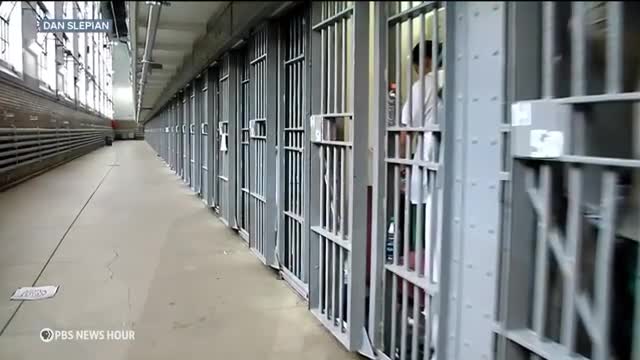Decay Devils Revive Gary's Abandoned History Through Urban Exploration
This article was created by AI summarizing key points discussed. AI makes mistakes, so for full details and context, please refer to the video of the full meeting. Please report any errors so we can fix them. Report an error »

In a recent government meeting, discussions highlighted the ongoing efforts to preserve and restore historic buildings in Gary, Indiana, a city grappling with significant economic challenges and a high rate of poverty. The meeting featured insights from local urban explorers, Terrell Anderson and Lori Gonzales, who have dedicated over a decade to documenting and revitalizing abandoned structures, including the once-grand City Methodist Church, which has been a focal point of their work.
The church, built in 1926, symbolizes the broader narrative of Gary's decline, having served as a segregated congregation before closing in 1975. The city has seen a dramatic population decrease, losing more than half its residents since the 1960s due to industrial decline and demographic shifts. Currently, Gary is home to approximately 10,000 abandoned buildings, making it a hub for urban exploration.
Anderson and Gonzales, part of a nonprofit group known as the Decay Devils, aim to transform these neglected sites into community assets. Their first major project involves the restoration of a historic train station, which they acquired for just $10 in 2018. The estimated cost to make the station functional is around $6 million, with plans to convert it into a visitor center and space for local vendors.
Eunice Trotter, head of the Black History Preservation Program at Indiana Landmarks, emphasized the importance of preserving these structures to maintain the historical narrative of the community. She pointed out that as buildings are lost, so too is the history they represent. The meeting also addressed the plight of Gary Roosevelt High School, a significant site for the city's Black community, which has been vacant since 2019 due to deferred maintenance.
The National Trust for Historic Preservation has recognized Gary Roosevelt as one of America's 11 most endangered historic places, underscoring the urgency of preservation efforts. Community leaders, including former students, are advocating for a collaborative approach to determine the future of the school, envisioning it as a space for cultural and economic revitalization.
As Gary continues to confront its challenges, the commitment of local advocates and organizations to restore its historical landmarks represents a hopeful vision for the city's future, aiming to breathe new life into its rich but often overlooked heritage.
The church, built in 1926, symbolizes the broader narrative of Gary's decline, having served as a segregated congregation before closing in 1975. The city has seen a dramatic population decrease, losing more than half its residents since the 1960s due to industrial decline and demographic shifts. Currently, Gary is home to approximately 10,000 abandoned buildings, making it a hub for urban exploration.
Anderson and Gonzales, part of a nonprofit group known as the Decay Devils, aim to transform these neglected sites into community assets. Their first major project involves the restoration of a historic train station, which they acquired for just $10 in 2018. The estimated cost to make the station functional is around $6 million, with plans to convert it into a visitor center and space for local vendors.
Eunice Trotter, head of the Black History Preservation Program at Indiana Landmarks, emphasized the importance of preserving these structures to maintain the historical narrative of the community. She pointed out that as buildings are lost, so too is the history they represent. The meeting also addressed the plight of Gary Roosevelt High School, a significant site for the city's Black community, which has been vacant since 2019 due to deferred maintenance.
The National Trust for Historic Preservation has recognized Gary Roosevelt as one of America's 11 most endangered historic places, underscoring the urgency of preservation efforts. Community leaders, including former students, are advocating for a collaborative approach to determine the future of the school, envisioning it as a space for cultural and economic revitalization.
As Gary continues to confront its challenges, the commitment of local advocates and organizations to restore its historical landmarks represents a hopeful vision for the city's future, aiming to breathe new life into its rich but often overlooked heritage.
View full meeting
This article is based on a recent meeting—watch the full video and explore the complete transcript for deeper insights into the discussion.
View full meeting